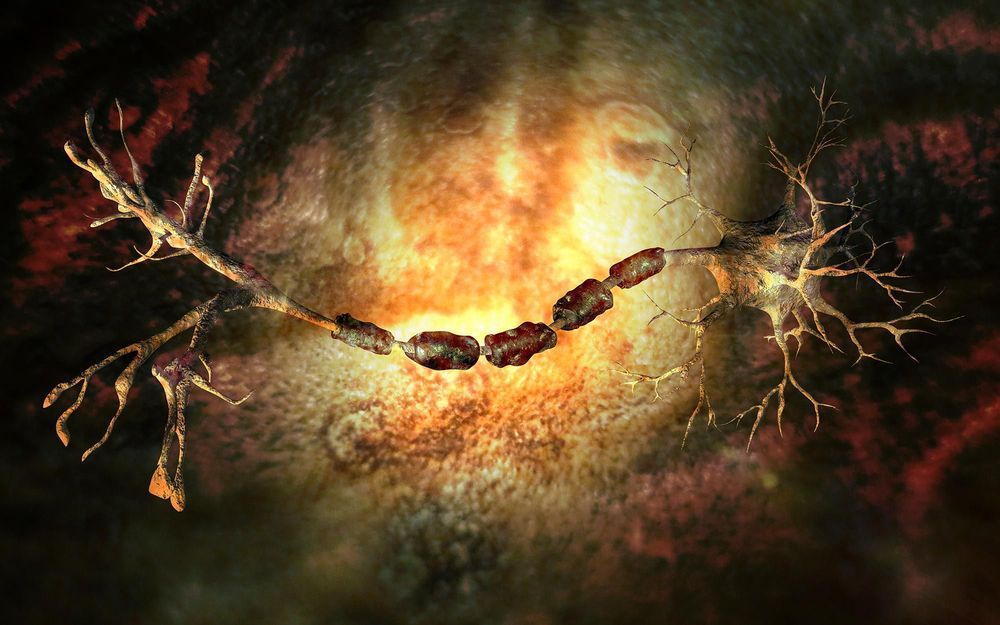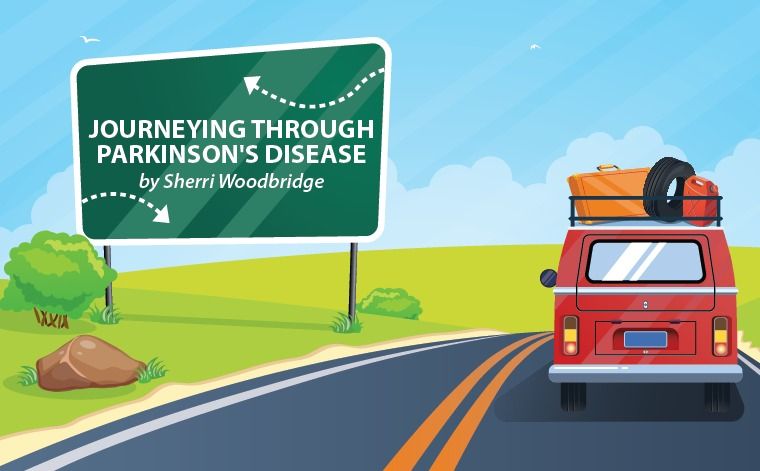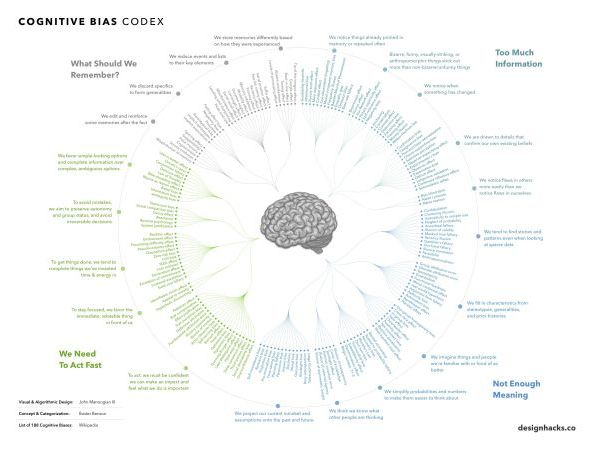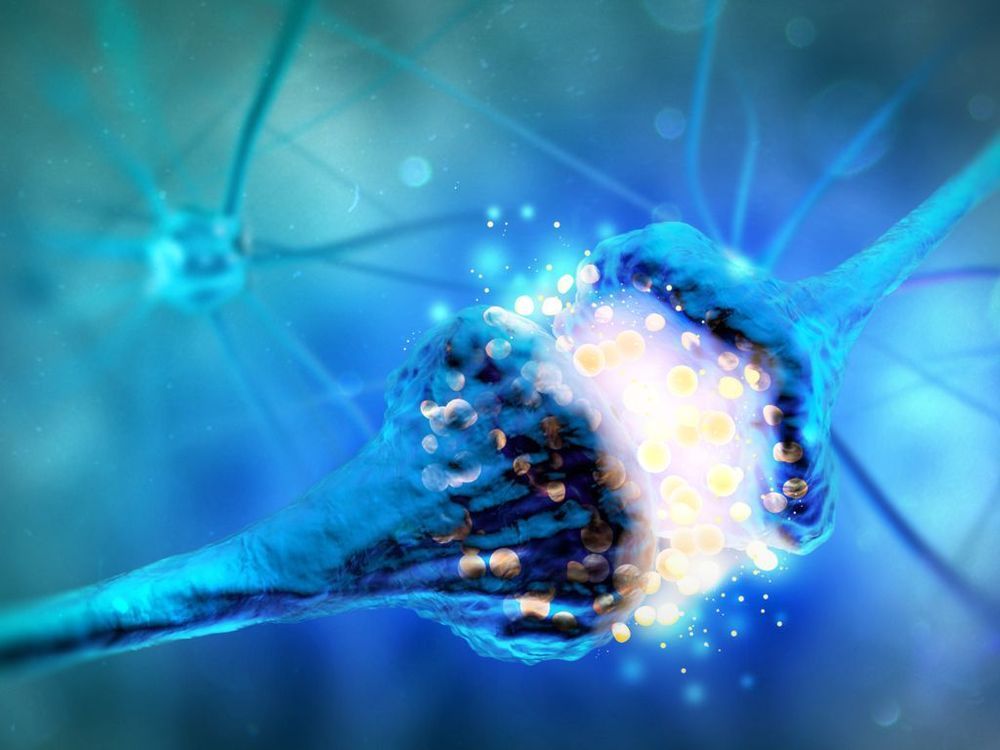New study shows how patterns in brain activity can be an early predictor of Alzheimer’s symptoms.




The answer, Markham says, may lie in a new breed of computing chips called neuromorphic processors that are designed to operate more like the human brain. Such chips may be able to function on just 1/100 or 1/1,000 of the electricity needed by today’s processors and be less reliant on sending data to cloud servers for analysis. Everyone from tech giants like Intel, IBM, and Qualcomm to startups like aiCTX and Brainchip are racing to develop this new kind of chip.
First major corporate partners come on board effort to create neuromorphic chips based on design of the human brain.

The brain cortex, the outside layer of our brain often referred to as grey matter, is one of the most complex structures found in living organisms. It gives us the advanced cognitive abilities that distinguish us from other animals.
Neuroscientist Professor Pierre Vanderhaeghen (VIB-KU Leuven, Université libre de Bruxelles) explains what makes the human brain so unique: “One remarkable feature of human neurons is their unusually long development. Neural circuits take years to reach full maturity in humans, but only a few weeks in mice or some months in monkeys.”
“This long period of maturation allows much more time for the modulation of brain cells and circuits, which allows us to learn efficiently for an extended period up until late adolescence. It’s a very important and unique feature for our species, but what lies at its origin remains a mystery.”





Several newly published studies are reporting evidence affirming a growing hypothesis that links inflammation with cognitive deficits. As well as associating inflammation with the cognitive deficits seen in conditions such as bipolar disorder and Alzheimer’s, some research is even suggesting low-grade systemic inflammation in healthy subjects can result in mental sluggishness.
For some time patients suffering from chronic inflammatory conditions such as rheumatoid arthritis or inflammatory bowel disease have reported mild cognitive deficits in association with their disease. Despite a number of correlational studies finding connections between inflammation and cognitive performance, homing in on any clear causal links has been a little tricky for scientists.
“Scientists have long suspected a link between inflammation and cognition, but it is very difficult to be clear about the cause and effect,” explains Ali Mazaheri, from the University of Birmingham. “For example, people living with a medical condition or being very overweight might complain of cognitive impairment, but it’s hard to tell if that’s due to the inflammation associated with these conditions or if there are other reasons.”

Last week, the BBC reported on the plight of axolotls in Mexico City, which are under threat of extinction. [1] The risk to these creatures is made doubly concerning when you consider their incredible ability to regenerate and apparent immunity to cancer, which is of great interest to scientists and companies working in the Longevity sector. One such company is Bioquark, a Philadelphia-based life sciences company that is working on the development of combinatorial biologics for the rejuvenation and repair of human organs and tissues. Among its clinical plans, it lists the development of therapeutic products for cancer reversion, organ repair and regeneration, and even brain death resuscitation. Nothing major then!
Bioquark has developed a novel combinatorial biologic called BQ-A, which mimics the regulatory biochemistry of the living human egg (oocyte) immediately following fertilization. While ooplasm-based reprogramming has been studied in experiments such as in-vitro fertilization and cloning, Bioquark claims it is the first company to apply it to somatic tissue in mammals.
We spoke with Bioquark’s CEO, Ira Pastor, a 30-year veteran of the pharmaceutical industry, to find out more about the company and where it’s headed.